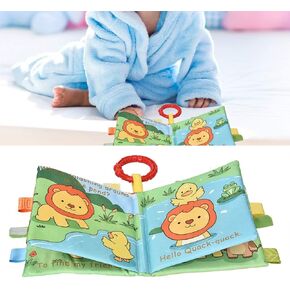- Shopping, made easy.
- /
- Get the app!
The purpose of hanging behavior charts for children is usually to manage and monitor their behavior by educational institutions or families. Behavior charts are typically divided into multiple sections, each representing different behaviors or tasks, such as completing homework, demonstrating good behavior, being polite, etc. Children receive positive feedback through behavior charts, motivating them to maintain good behavior. When they complete tasks or demonstrate good behavior, the rewards they receive can increase their confidence and encourage them to continue exhibiting positive behavior.
The use of behavior charts can also help manage children's behavior. By assessing and recording different behaviors, educators or parents can better understand children's behavior and provide targeted guidance and adjustments.
Behavior charts also help foster a sense of responsibility in children. They become aware that their behavior affects the rewards they receive, thus learning to take responsibility for their actions and strive to improve any negative behavior habits.
Furthermore, through behavior charts, children learn to self-monitor and manage their behavior. They realize that their behavior influences the marks on the chart and, as a result, consciously control their actions to achieve the expected goals.

 -60%
Eucalyptus Magnetic Boys Pass
KWD 1
-60%
Eucalyptus Magnetic Boys Pass
KWD 1
 Visual Schedule for Kids with Autism Chore Chart for Kids Daily Routine Chart Autism Learning Materials Toddler Planning Board Visual Schedule Pocket Chart for Classroom, Home with 70 Cards (Blue)
KWD 7
Visual Schedule for Kids with Autism Chore Chart for Kids Daily Routine Chart Autism Learning Materials Toddler Planning Board Visual Schedule Pocket Chart for Classroom, Home with 70 Cards (Blue)
KWD 7
 Standard Pocket Chart for Classroom 28"x28" Large 7 Pocket Charts with Card Storage Bag Sentence Strip Holder for Word Wall, Sight Words, Cards, Calendar, Daily Visual Schedule (Black)
KWD 6.500
Standard Pocket Chart for Classroom 28"x28" Large 7 Pocket Charts with Card Storage Bag Sentence Strip Holder for Word Wall, Sight Words, Cards, Calendar, Daily Visual Schedule (Black)
KWD 6.500
 AYNEFY Infant Cloth Book, Reusable Cloth Book Polyester for 6 Months and Elder (Lion)
KWD 3.500
AYNEFY Infant Cloth Book, Reusable Cloth Book Polyester for 6 Months and Elder (Lion)
KWD 3.500